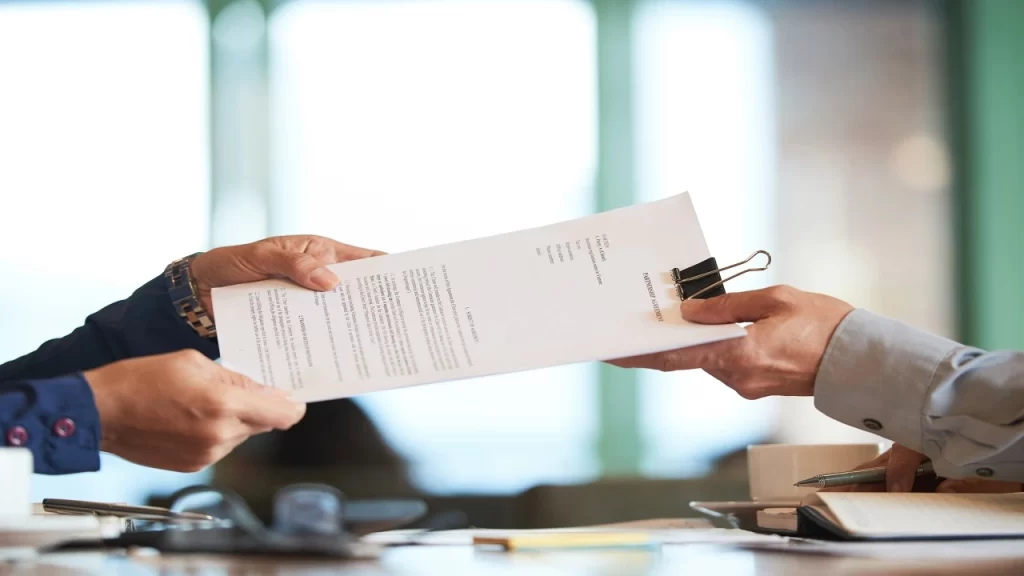Congratulations—you made it!
You’ve completed the application, appraisal, underwriting, credit checks, and document reviews. After weeks of back-and-forth, you’ve successfully closed on your reverse mortgage.
Now what?
Having walked over 3,000 clients through this journey over the last 25+ years, I want to prepare you for what happens next.
A Quick Word About Your Recorded Documents
When reviewing your closing paperwork, you may notice two promissory notes and two deeds of trust. That’s completely normal—and it’s required under HUD Handbook 4235.1, Rev-1, Section 4-21.
Here’s why: the first note and deed are between you and the lender. The second set is between you and the Department of Housing and Urban Development (HUD), which insures the loan. HUD holds its own recorded interest in the property to protect their guarantee—making sure your benefits continue uninterrupted, even if your lender changes or goes out of business.
You might also notice that the recorded mortgage amount is higher than what you received. That’s because HUD directs lenders to record the mortgage at 150% of your home’s appraised value. This does not mean you owe that amount. It’s simply a projected estimate of how the loan balance could grow over time due to interest and mortgage insurance. It’s a safeguard, not a debt statement.
📋 Three Things to Expect After Closing
So, what happens next? Now that your reverse mortgage is closed and recorded, here are the three key things you can expect in the days and weeks ahead:
1. Loan Review and Disbursement
Once you sign the final documents, your loan goes through one more review. The lender double-checks every signature and date—if anything’s missing, they’ll reach out to fix it.
After that, funds are released. If you had a mortgage or home equity loan to pay off, that happens first. Any requested cash at closing is disbursed, and HUD is officially notified so the loan can be insured.
2. Your Welcome Package
About two weeks later, you’ll receive a Welcome Package from your loan servicer—usually by email (or regular mail if you didn’t provide an email address).
It includes your account details, how to request funds, and contact info for customer service. Prefer a hard copy? Just call my office and we’ll make sure you get one.
3. Watch for Junk Mail and Nuisance Calls
All recorded mortgages—reverse or otherwise—become public record. Unfortunately, that means you may start receiving spam mail and solicitations.
Some may look very official and even reference your loan or lender by name. Don’t be fooled. If you’re ever unsure, call my office—we’re happy to verify what’s legitimate and what’s not.
Final Thoughts
Remember, I’m still here for you even after closing. Whether you have questions, concerns, or just want reassurance, keep my office on speed dial.
You’ve taken an important step in your retirement journey—and I’m honored to walk alongside you.
The content of this blog is for financial advisors and professionals only and is not intended for consumer use. Names, cases, and scenarios are fictionalized for illustrative purposes. The opinions expressed here are those of the author alone and do not reflect the views of any affiliated entities or individuals. Don Graves, NMLS #142667.



